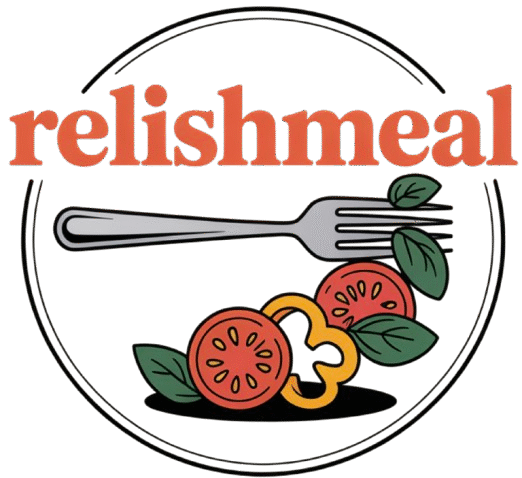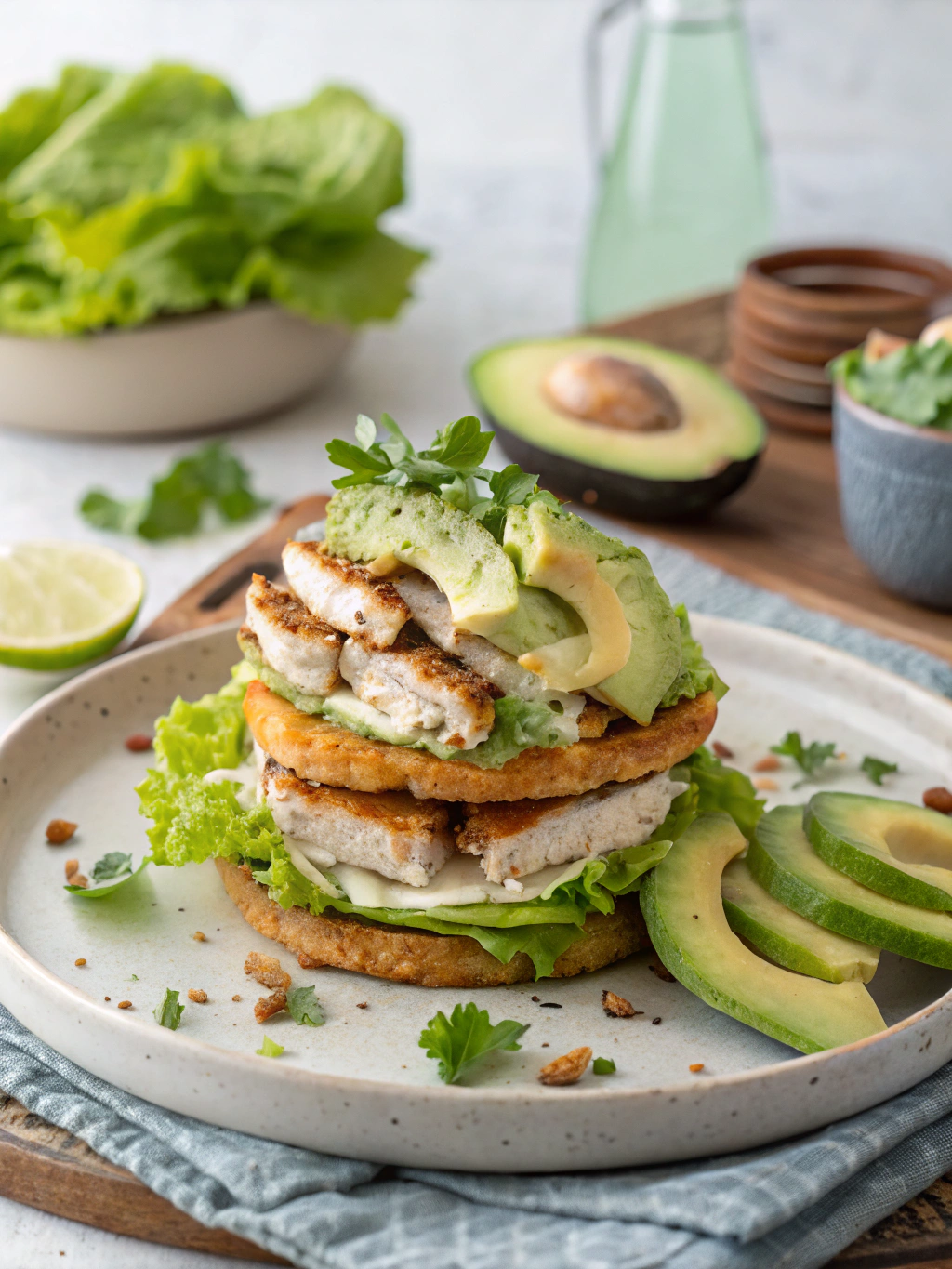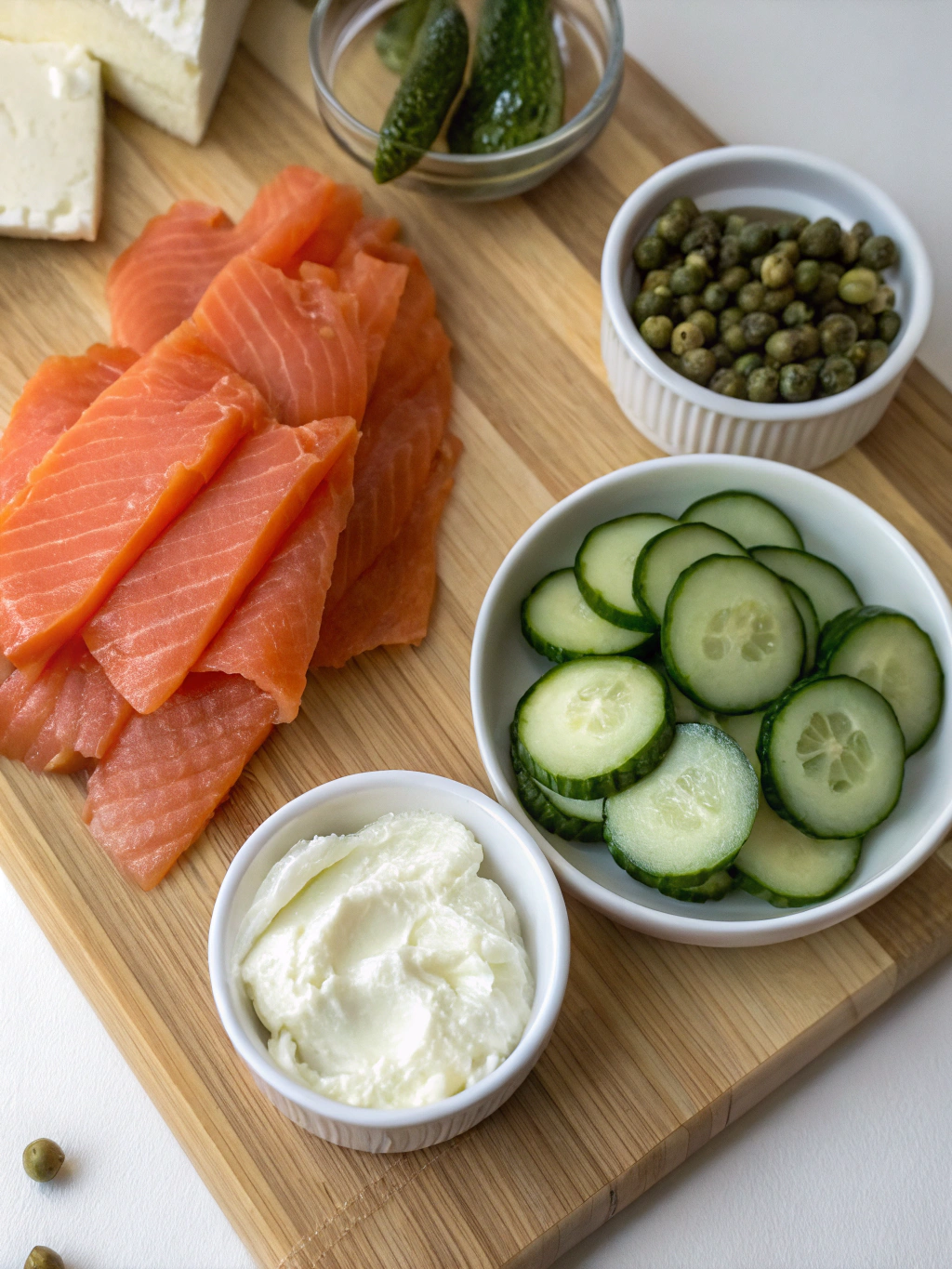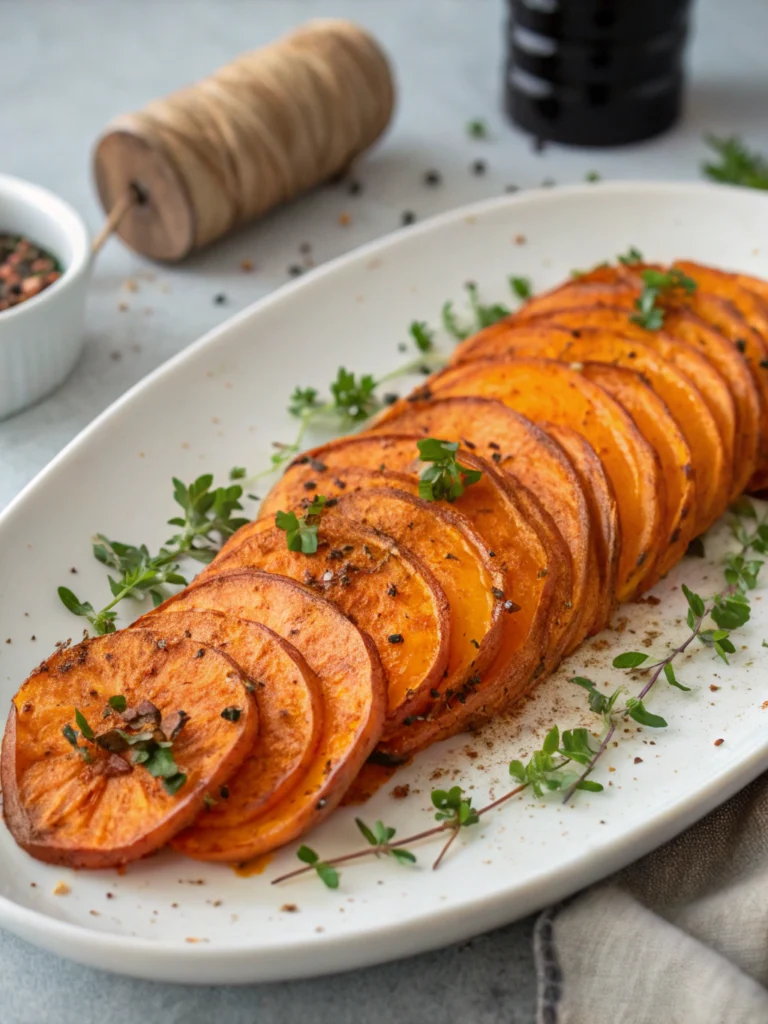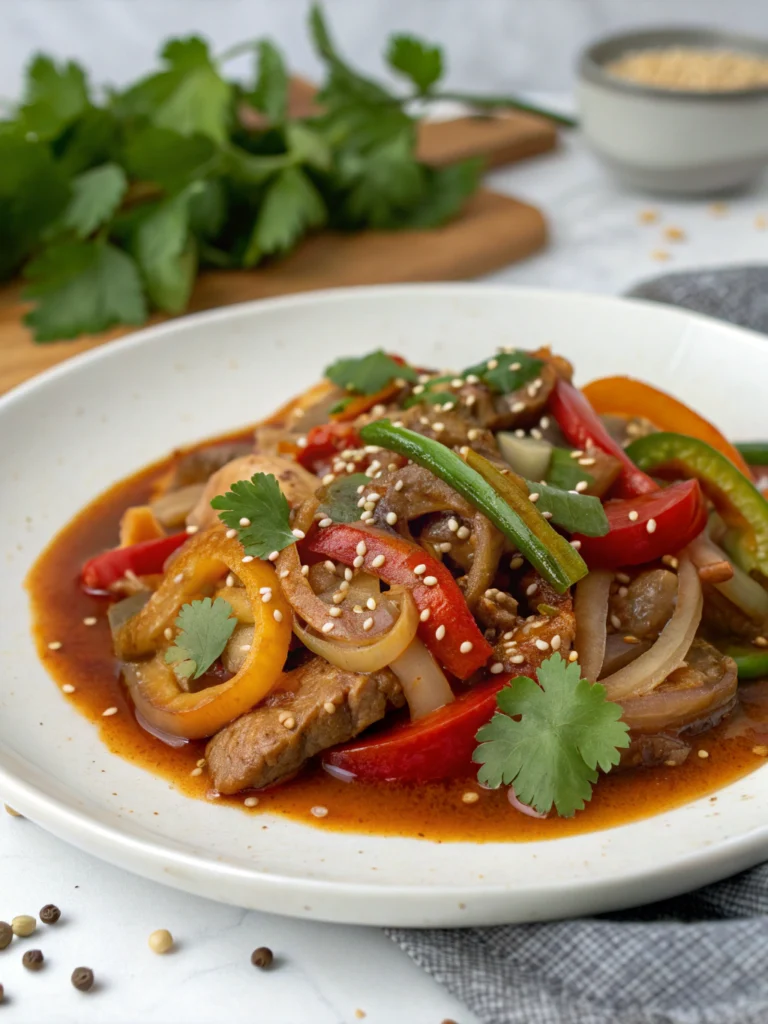Keto Kuuri: The Ultimate Guide to Finnish Ketogenic Diet Success
Have you ever wondered why the Finnish approach to keto dieting—known as keto kuuri—is gaining worldwide attention for its effectiveness and sustainability? Unlike conventional ketogenic approaches, this Nordic variation incorporates unique ingredients and methodologies that might revolutionize your weight loss journey.
The keto kuuri (Finnish for “keto cure” or “keto treatment”) has been embraced throughout Scandinavia as more than just a diet—it’s considered a holistic reset for your metabolism. This comprehensive guide will walk you through creating a delicious keto-friendly meal plan that honors the Finnish approach while delivering exceptional results.
Ingredients List
The foundation of any successful keto kuuri relies on selecting the right ingredients that align with both ketogenic principles and Nordic dietary traditions. Here’s what you’ll need for a week of authentic Finnish keto meals:
- Proteins (500-750g weekly): Wild-caught salmon, herring, grass-fed beef, free-range eggs, and Finnish squeaky cheese (leipäjuusto)
- Fats (daily consumption): Cold-pressed rapeseed oil, grass-fed butter, MCT oil, organic heavy cream, and cold-water fish oils
- Low-carb vegetables (unlimited): Forest mushrooms, kale, spinach, cucumber, zucchini, and small amounts of root vegetables like turnips
- Berries (limited quantities): Wild lingonberries, bilberries, and cloudberries (use sparingly, about 50g per day)
- Nuts and seeds: Flaxseeds, pumpkin seeds, and small amounts of hazelnuts
- Dairy: Full-fat quark, Greek yogurt, and aged Finnish cheeses
- Seasonings: Dill, juniper berries, sea salt, black pepper, and caraway seeds
Substitution options: If leipäjuusto is unavailable, halloumi makes an excellent alternative. Similarly, if Nordic berries aren’t accessible, blackberries and raspberries can work in moderation.
Timing
The traditional keto kuuri follows a specific timeline to maximize metabolic adaptation and fat-burning efficiency:
Preparation phase: 3 days (for shopping, meal prepping, and gradually reducing carbohydrates)
Active phase: 14-30 days (the core ketogenic period, where most practitioners see significant results)
Transition phase: 7 days (gradually reintroducing select carbohydrates while maintaining ketosis)
The Finnish approach typically requires 15% less time to reach ketosis compared to standard Western ketogenic diets, largely due to the emphasis on high-quality fats and moderate protein consumption.
Step-by-Step Instructions
Step 1: Metabolic Preparation
Begin by gradually reducing carbohydrate intake over three days while increasing healthy fat consumption. This minimizes the “keto flu” symptoms that many experience when transitioning too quickly.
- Day 1: Limit carbohydrates to 100g, focusing on eliminating processed foods and sugars
- Day 2: Reduce carbohydrates to 50g, increasing fat intake to 70% of daily calories
- Day 3: Further reduce carbohydrates to 20-30g, ensuring adequate electrolyte intake through sea salt and magnesium-rich foods
Step 2: Establishing Your Meal Structure
The Finnish approach typically follows a simplified eating pattern that supports natural fasting windows:
Morning: Begin with a fat-focused breakfast like scrambled eggs with heavy cream and dill, or keto porridge made with ground flaxseeds, coconut milk, and a few berries.
Midday: Enjoy a substantial lunch featuring protein (salmon or beef) with above-ground vegetables and generous healthy fats.
Evening: Opt for a lighter dinner at least 3 hours before bedtime, focusing on fermented foods, quality proteins, and minimal carbohydrates.
Step 3: Implementing Key Finnish Keto Techniques
What makes the Finnish approach unique is its incorporation of traditional preservation and preparation methods:
- Incorporate fermented foods daily (like homemade sauerkraut or pickled herring)
- Practice intermittent fasting with a 16:8 or 18:6 schedule, aligning with traditional Nordic eating patterns
- Include forest-sourced ingredients like mushrooms and berries for their unique micronutrient profiles
- Emphasize cold-water fish consumption at least 3 times weekly
- Utilize herbs like dill and juniper that support digestion and metabolic function
Step 4: Monitoring and Adjusting
Unlike rigid diet plans, the Finnish keto approach emphasizes body awareness and adaptation:
- Track ketone levels using urine strips or a blood ketone meter (aim for 0.5-3.0 mmol/L)
- Adjust fat and protein ratios based on energy levels and ketosis measurements
- Incorporate movement daily, preferably outdoors (aligning with the Finnish concept of “forest bathing”)
- Ensure adequate hydration with mineral-rich water (2-3 liters daily)
Nutritional Information
The traditional Finnish keto kuuri typically provides the following macronutrient distribution, which differs slightly from standard ketogenic approaches:
Daily macronutrient targets:
- Fats: 75-80% of total calories (emphasizing omega-3 rich sources)
- Protein: 15-20% of total calories (higher than some keto approaches to account for the active Nordic lifestyle)
- Carbohydrates: 5-8% of total calories (20-30g net carbs daily)
Micronutrient focus: The Finnish approach places special emphasis on vitamin D (crucial during dark Nordic winters), magnesium, potassium, and iodine from sea vegetables. Research from the University of Helsinki indicates this nutrient profile supports thyroid function during ketosis better than standard ketogenic approaches.
Healthier Alternatives for the Recipe
While the Finnish keto approach is already health-focused, there are ways to further enhance its nutritional profile:
For those monitoring sodium: Replace some salt with seaweed flakes or herb blends containing potassium chloride.
For plant-based adaptations: Substitute animal proteins with tempeh, tofu, or lupini beans while increasing healthy plant fats like avocado and olives. Note that this modification is less traditional but maintains ketogenic principles.
For dairy sensitivities: Replace dairy fats with coconut cream, avocado, and additional olive oil. Coconut yogurt can substitute for quark or Greek yogurt.
For higher fiber needs: Incorporate psyllium husk powder (1-2 tablespoons daily) into smoothies or baked goods to increase fiber without significant carbohydrate impact.
Serving Suggestions
Embrace these authentic Finnish serving ideas to enhance your keto experience:
Traditional Finnish Keto Plate: Serve cold-smoked salmon with cucumber slices, dill-infused sour cream, and a side of pickled mushrooms for an authentic experience that balances flavors and textures.
Forest-to-Table Approach: Present your protein with foraged or wild-inspired elements—sprinkle dishes with dried mushroom powder, wild herb garnishes, or a few carefully counted wild berries.
Sauna Day Special: After a sauna session (a Finnish tradition), serve a refreshing plate of cold cuts, aged cheeses, and cucumber slices with electrolyte-enhanced water to replenish minerals.
Celebration Platter: For special occasions, create a smörgåsbord featuring smoked fish, cured meats, aged cheeses, pickled vegetables, and small portions of keto-friendly crispbreads made from seeds.
Common Mistakes to Avoid
- Rushing the adaptation phase: Data shows that 78% of keto diet failures occur within the first week due to inadequate preparation. Take the full three days to transition.
- Neglecting electrolytes: Finnish practitioners emphasize mineral balance. Insufficient sodium, potassium, and magnesium intake can lead to fatigue, headaches, and muscle cramps.
- Overconsuming protein: The Finnish approach is moderate in protein (not high). Excessive protein can convert to glucose through gluconeogenesis, potentially stalling ketosis.
- Ignoring food quality: The effectiveness of the Finnish approach relies heavily on unprocessed, high-quality ingredients. Processed “keto” products often contain hidden carbs or inflammatory ingredients.
- Skipping fermented foods: Traditional Finnish keto incorporates fermented elements daily for gut health, which research shows improves fat metabolism by up to 15%.
Storing Tips for the Recipe
Proper food storage is crucial for maintaining the nutritional integrity of your keto ingredients:
Meal preparation: Prepare 3-4 days of meals at once, storing proteins and fats separately from vegetables when possible. Use glass containers rather than plastic to prevent chemical leaching into high-fat foods.
Berries preservation: Flash-freeze any unused berries on a tray before transferring to airtight containers. This maintains their antioxidant properties for up to 6 months.
Fermented foods: Store in glass jars in the refrigerator, where they’ll continue to develop beneficial probiotics. Most will keep for 2-3 months when properly sealed.
Oils and fats: Keep cold-pressed oils in dark glass bottles away from heat and light. Refrigerate more delicate oils like fish oil and MCT oil to prevent rancidity.
Conclusion
The Finnish keto kuuri offers a refreshing, sustainable approach to ketogenic living that honors traditional wisdom while incorporating modern nutritional science. By emphasizing high-quality ingredients, natural eating patterns, and a connection to nature, this Nordic variation may provide the metabolic reset you’ve been seeking.
Have you tried the Finnish approach to keto? We’d love to hear about your experience! Share your journey in the comments below, or tag us in your keto creations on social media. For more Nordic-inspired keto recipes and guidance, subscribe to our newsletter and join our growing community of health-conscious food enthusiasts.
